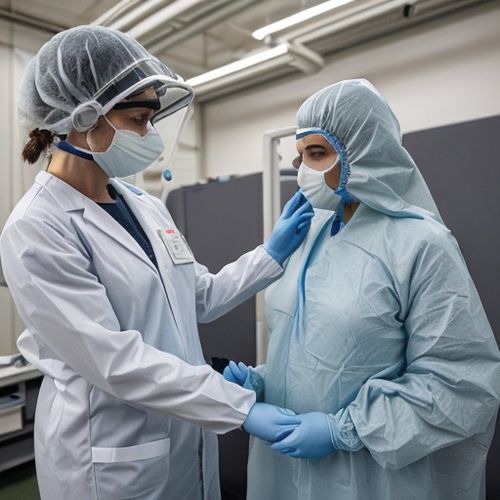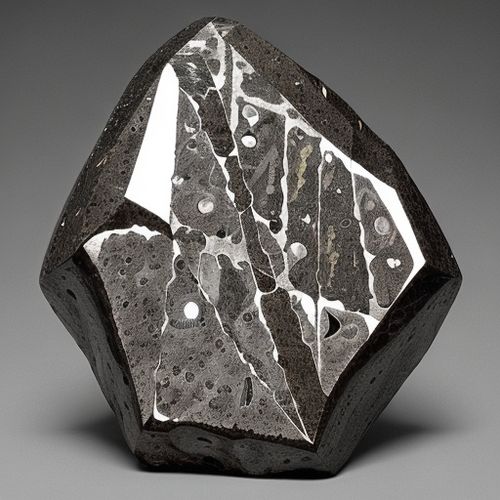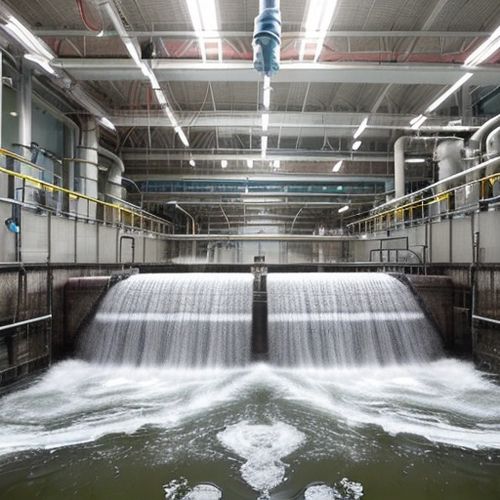In the realm of advanced materials science, few innovations have captured the imagination of engineers and designers quite like shape memory alloys (SMAs). These remarkable metallic compounds possess the uncanny ability to "remember" their original form, returning to a pre-programmed shape when subjected to specific thermal or stress conditions. From medical implants to aerospace applications, SMAs are quietly revolutionizing multiple industries through their unique properties.
The discovery of shape memory behavior traces back to 1932 when Swedish physicist Arne Ölander first observed the phenomenon in a gold-cadmium alloy. However, it wasn't until the 1960s that William J. Buehler's team at the Naval Ordnance Laboratory stumbled upon the effect in nickel-titanium alloys (nicknamed Nitinol), propelling SMAs from laboratory curiosities to practical engineering materials. This serendipitous discovery occurred while researchers were investigating heat-resistant materials for spacecraft re-entry shields.
What makes these materials truly extraordinary is their dual-phase microstructure. At lower temperatures, SMAs exist in a martensitic phase - soft, malleable, and easily deformed. When heated above a critical transformation temperature, the material undergoes a phase change to austenite, abruptly recovering its original shape with considerable force. This temperature-dependent behavior, known as the shape memory effect, differs from ordinary thermal expansion by being a diffusionless, solid-state phase transformation.
The most commercially significant SMA, Nitinol (Nickel-Titanium Naval Ordnance Laboratory), demonstrates exceptional properties including up to 8% recoverable strain, corrosion resistance comparable to titanium, and excellent biocompatibility. These characteristics have made it indispensable in medical applications such as self-expanding stents, orthodontic archwires, and minimally invasive surgical tools. When chilled, a Nitinol stent can be compressed to a fraction of its size for insertion through catheters, then springs back to its memorized shape at body temperature to support blood vessels.
Beyond medicine, SMAs are making impacts across industries. Aerospace engineers employ them as lightweight actuators for satellite solar panel deployment or aircraft vortex generators. Civil engineers embed SMA fibers in concrete structures to create self-healing materials that close cracks when heated. Even consumer products benefit from these smart materials - think of eyeglass frames that snap back to shape after being bent or coffee makers that automatically shut off when reaching optimal brewing temperature.
Recent advancements have pushed the boundaries of SMA technology. Researchers at Texas A&M University developed high-temperature SMAs capable of operating at 500°C for jet engine components. Meanwhile, the European Space Agency has experimented with SMA-based robotic muscles for planetary exploration rovers. Perhaps most intriguingly, scientists are creating "two-way" shape memory alloys that can toggle between shapes without external force, potentially enabling microscopic machines that walk in response to temperature fluctuations.
Despite their promise, SMAs present engineering challenges. The hysteresis between heating and cooling transformations requires precise temperature control. Fatigue life limitations restrict applications involving frequent cycling. Cost remains prohibitive for large-scale use, with Nitinol wire costing up to $1,000 per kilogram. Researchers continue working to overcome these limitations through alloy refinement and innovative processing techniques.
The future of SMAs appears luminous as new compositions emerge. Copper-aluminum-nickel and iron-manganese-silicon alloys offer cheaper alternatives for industrial applications. Nano-engineered SMAs with graded transformation temperatures could enable revolutionary heat engines. As material scientists deepen their understanding of the crystallographic mechanisms behind shape memory behavior, we may see these extraordinary materials transform everything from earthquake-resistant buildings to energy-harvesting clothing.
From their accidental discovery to cutting-edge applications, shape memory alloys stand as testament to human ingenuity in harnessing the peculiar behaviors of matter. As research continues to unlock their full potential, these "metals with memory" promise to shape the future of technology in ways we're only beginning to imagine.

By Grace Cox/Apr 27, 2025

By Noah Bell/Apr 27, 2025

By James Moore/Apr 27, 2025

By James Moore/Apr 27, 2025

By Thomas Roberts/Apr 27, 2025

By Grace Cox/Apr 27, 2025

By Joshua Howard/Apr 27, 2025

By George Bailey/Apr 27, 2025

By Olivia Reed/Apr 27, 2025

By Sarah Davis/Apr 27, 2025

By Olivia Reed/Apr 27, 2025

By Elizabeth Taylor/Apr 27, 2025

By Joshua Howard/Apr 27, 2025

By Victoria Gonzalez/Apr 27, 2025

By Michael Brown/Apr 27, 2025

By Olivia Reed/Apr 27, 2025

By Grace Cox/Apr 27, 2025

By Amanda Phillips/Apr 27, 2025

By Lily Simpson/Apr 27, 2025

By Elizabeth Taylor/Apr 27, 2025